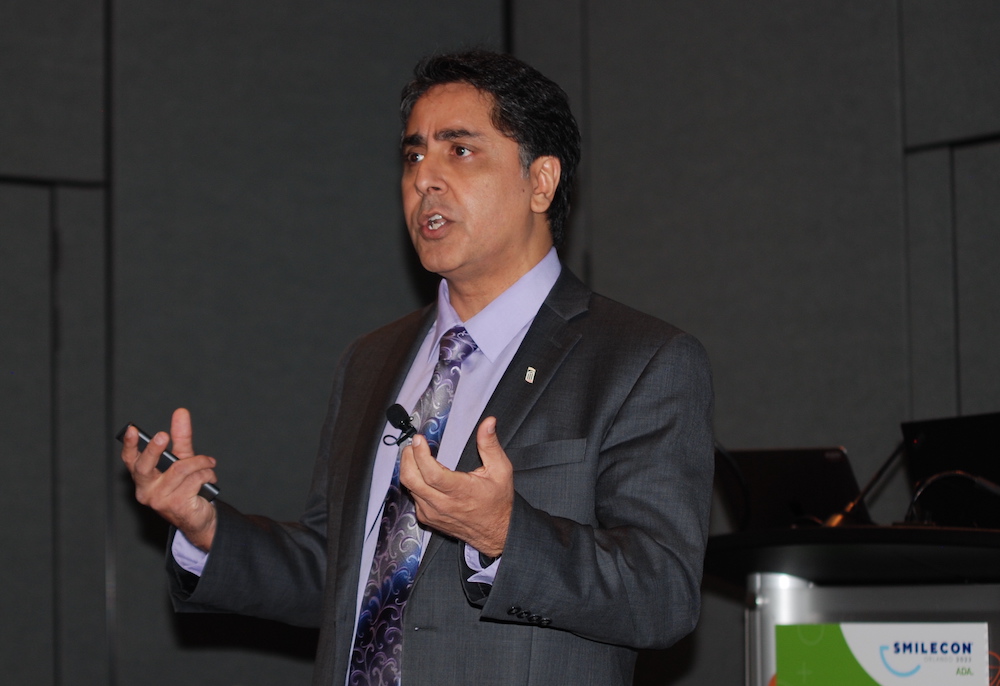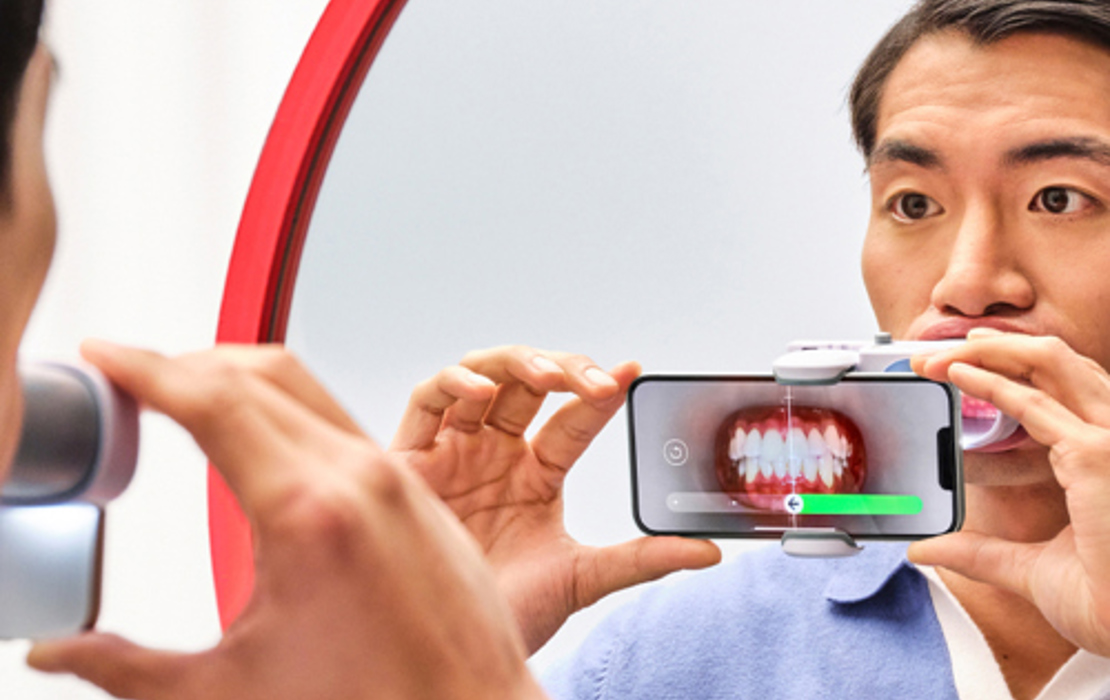Author shares recommendations from ADA clinical practice guideline on caries restorations
Conservative approaches may decrease risk of adverse effects

Orlando, Fla. — SmileCon attendees had the opportunity to hear from the lead author of the American Dental Association’s clinical practice guideline on restorative treatments for caries lesions, which was released earlier this year.
Vineet Dhar, B.D.S., Ph.D., clinical professor and chair of orthodontics and pediatric dentistry at the University of Maryland School of Dentistry, discussed the guideline’s recommendations during a continuing education course Oct. 5.
The guideline includes 16 recommendations for the treatment of moderate and advanced caries lesions in primary and permanent teeth that have not received endodontic treatment. It suggests more conservative approaches to removing carious tissue may decrease the risk of adverse effects.
The recommendations identify selective carious tissue removal as an effective treatment option in most cases of moderate and advanced caries in primary and permanent teeth. The guideline also affirms the efficacy of the most common restorative materials for treating moderate and advanced caries and suggests specific materials for primary and permanent teeth depending on the extent of the decay.
The recommendations are meant to assist clinicians in making restorative choices with their patients, but the guideline notes dentists should use clinical judgment to determine when the recommended course of action may not be appropriate, warranting deviation from these recommendations.
“You have to make that decision,” Dr. Dhar said. “We can only provide you some guidance, so guidelines are not meant to be cookbooks. They are not meant to replace your clinical judgment.”
This is the second guideline in a series of clinical practice guidelines on caries treatment developed by the ADA Council on Scientific Affairs and ADA Science & Research Institute, which convened a panel of experts to review the best-available scientific evidence on treatments and materials. The group previously published a systematic review that found general equivalence among restorative materials and helped to inform this guideline.
The guideline is available at ADA.org/cariesguidelines.



